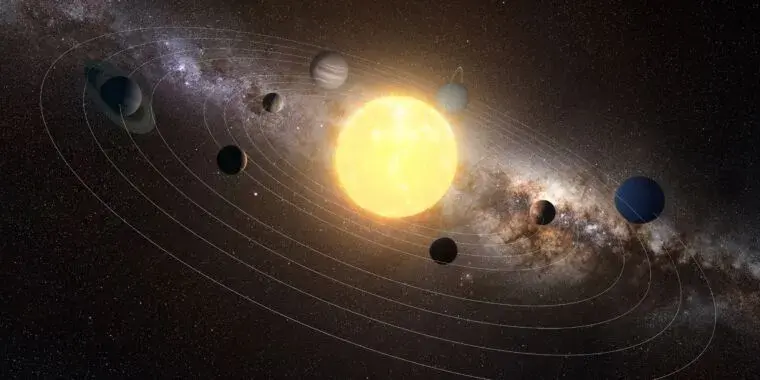The post demonstrates how infeasible it is to travel to a location outside our solar system anytime in the next several generations.
What are some things you would like to see humanity do within our solar system within the next century? When do you think it is feasible to achieve that goal?



@shortwavesurfer @InquisitiveApathy ion drives really don’t solve any of these problems.
Orbital dynamics are *weird* and “more speed” isn’t a solution. With orbital dynamics your relative position and speed are directly related, so moving faster basically means changing direction. Once you’re in microgravity thrust power is more about how quickly you can steer and fuel quantity is how many maneuvers you can do. Ion drives can do a lot of maneuvers, but every maneuver is very slow (which also makes them more complicated because you need to account for the changes that happen over the course of the maneuver).
We don’t travel to orbital bodies in a straight line because it goes beyond an absurd quantity of fuel to do so (ion drives don’t even scratch the surface of the amount needed, let alone the complexity they add due to slow acceleration).
Right now we don’t have much to improve the speed of getting places and not much on the horizon there either, so we’re focusing on questions like how to survive getting there.
I had to read this a couple times to make sure i got it. Thanks for that. As far as i understand it at least orbits and courses are much easier with chemical fuel because its point and thrust and all over in a matter of a couple hours. Your fuel is mostly expended and you are on the correct track with very small adjustments possibly required. An ion drive while slow is an exponential curve because its speeding up on top of the speed it already has. So instead of going from 0, to 1, to 2, to 3, to 4, to 5 it would go from 0, to 1, to 2, to 4, to 16, to 256. If i am understanding correctly this would far outsrip a point and thrust craft quickly. A probe to mars takes 9 months during the transfer window but i have heard estimates of 3 months for an ion drive craft
@shortwavesurfer The propulsion is absolutely linear, the perk of an ion drive is that it’s mostly electrical with minimal fuel consumption.
It’s also something we’re already using, the first one actually launched was in 1964, though for some reason we never stopped hyping it.
An ion engine would absolutely make the trip take *longer* as you’d have to wait for better transfer windows (9 months is the timeframe *after* we wait for a good transfer window), we’d have to wait even longer for one with an ion drive and it absolutely wouldn’t be a shorter window.